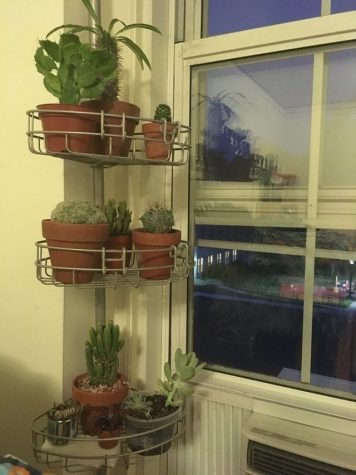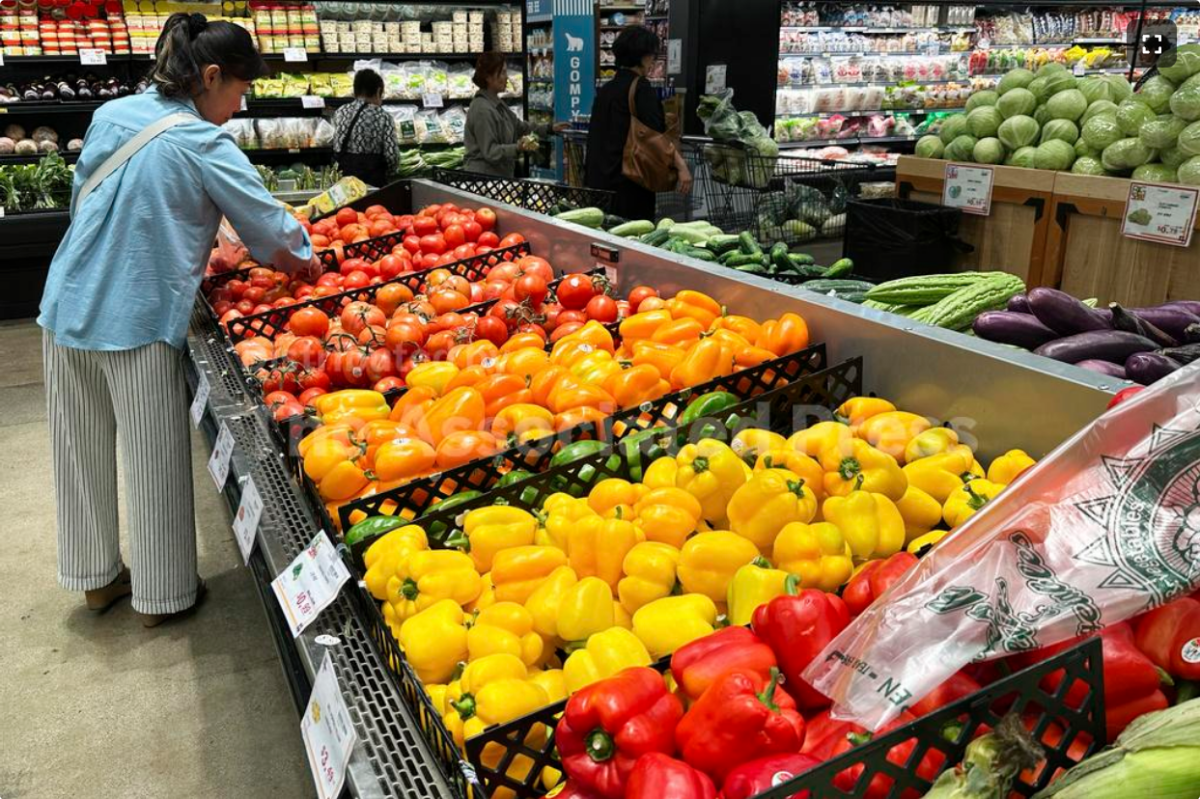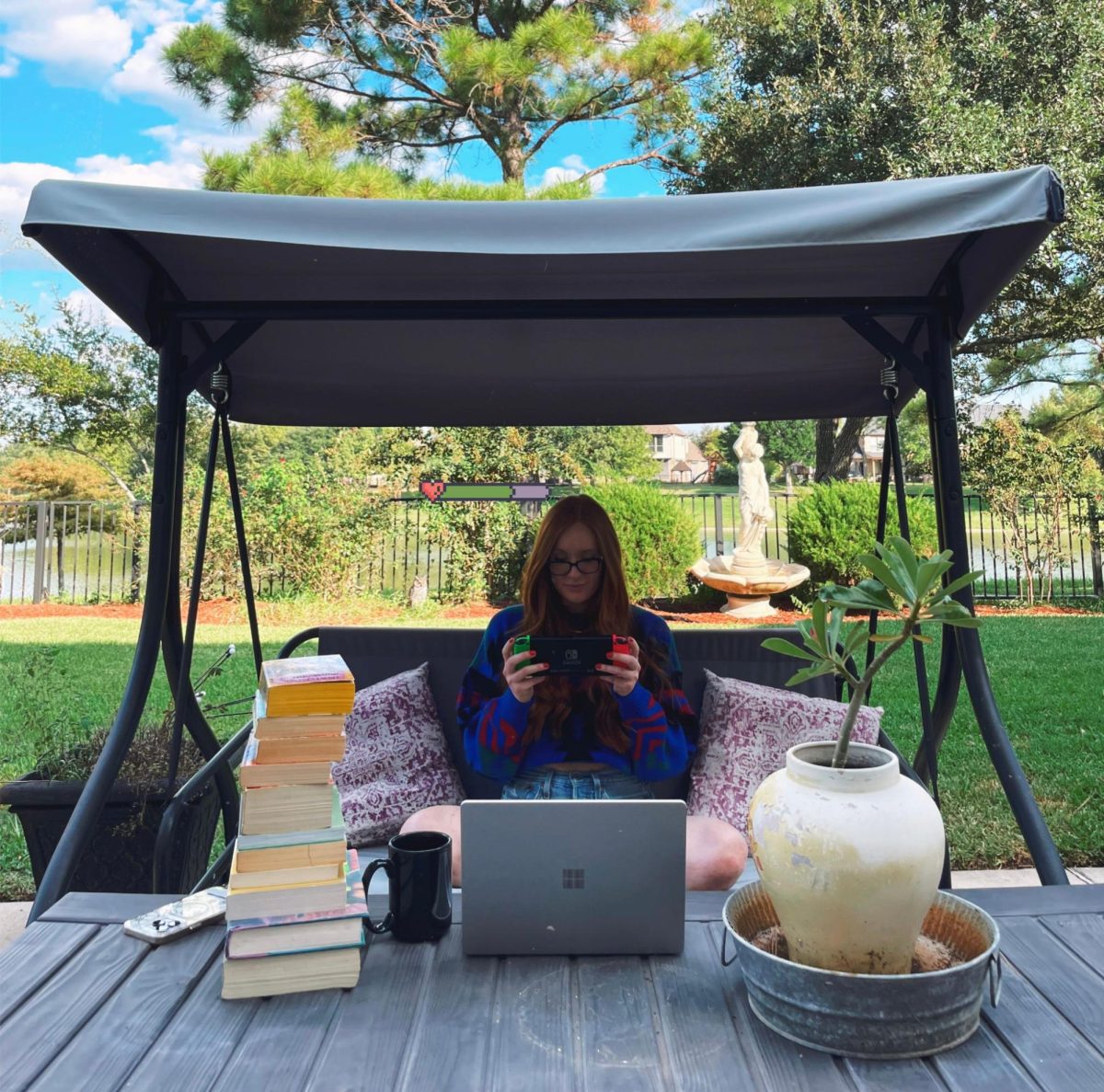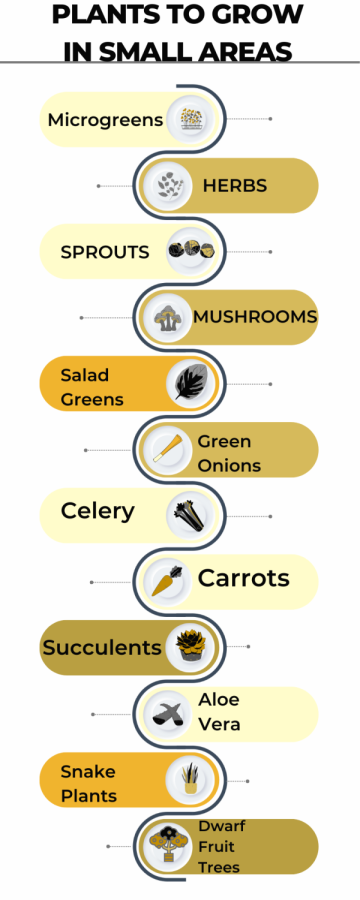Make Friends With A Garden
April 13, 2023
Making friends is hard. Finding like-minded people in a new job or at a new school can be tough. But, there are many ways that the awkward stage can be bypassed. For example, joining a club or committee. Or starting a small garden.
People living in smaller areas can benefit from growing plants in their dorms for several reasons. First, growing plants can help improve indoor air quality, which is especially important in dorm rooms that may not have proper ventilation. Plants are natural air purifiers, and they can help filter out harmful toxins and pollutants in the air, which can lead to a healthier living environment. In addition, studies have shown that being around plants can help reduce stress and improve mental health, which is important for college students who may be dealing with academic pressure and other stressors.
Here are some starter plants that can be grown in small spaces, like a dorm or an apartment:
- Microgreens: Microgreens are young plants harvested when they are only a few inches tall. They are easy to grow indoors and harvested in just a few weeks. Some popular microgreens include arugula, kale, and radish.
- Herbs: Herbs like basil, mint, parsley, and cilantro can be grown in small pots on a sunny windowsill. They are easy to grow and can add flavor to many dishes.
- Sprouts: Sprouts are another easy-to-grow food, especially in a small space. All you need is a sprouting jar, seeds, and water. Some popular sprouts include alfalfa, broccoli, and mung bean.
- Mushrooms: Mushroom kits can be purchased online and grown indoors in a small space. Some popular varieties include oyster, shiitake, and portobello.
- Salad greens: Lettuce, spinach, arugula, and other salad greens can be grown in a small pot or container. Often harvested when they are young and tender. They are used to make salads or sandwiches.
- Green onions: Save the root end of the green onions and place it in a glass of water with the cut side up. Change the water every few days and watch the green onion grow.
- Celery: Cut off the bottom of a celery stalk and place it in a shallow bowl of water. Change the water every few days and watch the celery regrow.
- Carrots: Save the top of a carrot and place it in a shallow dish of water. Change the water every few days and watch the carrot sprout new greens.
- Succulents: Succulents are low-maintenance plants that are easy to grow in a small space. They come in many shapes and colors and can add some greenery to a dorm room.

- Aloe vera: Aloe vera is a plant that has medicinal properties and can be grown indoors. It requires very little care and can treat minor burns and cuts.
- Snake plants: Snake plants are another low-maintenance plant that can be grown indoors. They have long, upright leaves and can improve indoor air quality.
- Dwarf fruit trees: Some dwarf fruit trees, such as dwarf citrus trees, can be grown indoors in a sunny spot. They require more space and care than some other plants, but they can provide fresh fruit in a dorm room. These plants can be dorm-wide or floor-wide projects as they take more space to grow.
Growing plants in dorms can be a cost-effective way for college students to have access to fresh produce and herbs. By growing their food, college students can save money on groceries and have a more sustainable source of produce. This can be especially important for students who are on a tight budget or who may not have access to a nearby grocery store. Additionally, growing plants can be a fun and rewarding hobby for college students, and it can help them develop new skills and a greater appreciation for sustainable agriculture.
























